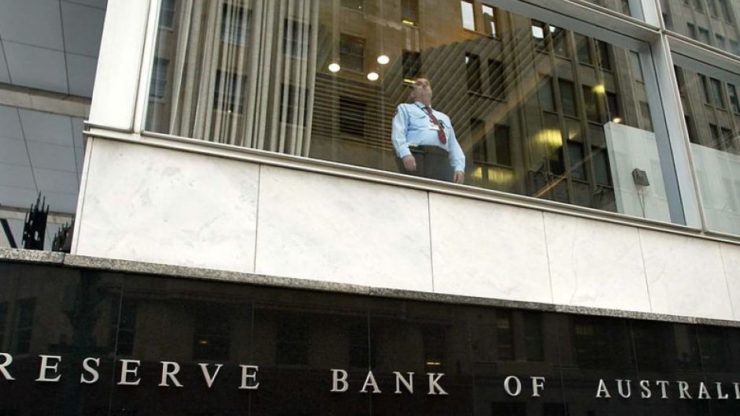
AUD/USD forecast: what next for the Australian dollar after the crash?
The Australian dollar crashed to a five-year low on Friday, making it the worst-performing developed world currency. The AUD/USD pair nosedived to a low of 0.5988, down by almost 14% from its highest point in 2024. This article explores why the Aussie crashed, and whether this was an overreaction.
China and US trade war
The AUD/USD exchange rate plummeted as the Chinese and US trade war escalated on Friday. In a statement, Beijing said that it would apply a 34% tariff on all imported goods from the US, a move that will make them unaffordable. This will affect goods like oil and those in the agricultural industry.
Beijing also said that it would block some rare earth exports to the United States. It will also add more companies to entity lists, blocking their activities in China, the second-biggest economy in the world.
China’s actions came two days after Trump continued its onslaught against China. Before that, he had applied 205 tariffs on most goods coming from the country. The US will also charge a 25% tariff on Chinese steel and aluminum.
The Australian dollar is often seen as a proxy for the Chinese economy because of the vast volume of goods that the two do. The estimate is that Australia exports goods worth over AUD 204 billion a year to China. China then exports goods worth AUD 304 billion a year. Therefore, signs of disruption of this trade partnership is often seen negatively in Australia.
Potential RBA rate cuts
The AUD/USD pair crashed as investors predicted that the ongoing tensions would lead to more RBA interest rate cuts. In the last meeting, the bank left interest rates unchanged and maintained its concerns about inflation.
Donald Trump also applied a 10% tariff on all Austrian goods, meaning that the economic growth may be likely be impacted. However, the composition of Australia’s exports to the US means that the impact of tariffs will be limited.
The biggest Australian exports to the US are meat, precious metals, pharmaceutical products, and medical equipment. Applying a tariff on these goods will likely have no immediate impact on the economy.
FOMC minutes and US inflation
The upcoming Federal Reserve minutes and US inflation data will be the next key catalyst for the AUD/USD exchange rate.
These minutes, which comes out on Friday, will provide more details about the last meeting in which officials left interest rates unchanged.
The US will then release the latest inflation report on Thursday. While analysts expect the figure to show that inflation dropped in March, there is a risk that Trump’s tariffs will be highly inflationary.
AUD/USD technical analysis
The weekly chart shows that the Australian dollar has crashed in the past few months. It dropped to a low of 0.6040 last week, and is now at its lowest level in five years.
The pair has moved below the crucial support at 0.6165, its lowest level in October 2023, and the lower side of the descending triangle pattern. This is one of the most popular bearish continuation signs in the market.
The AUD/USD pair has remained below the 50-week and 100-week moving averages. Therefore, the outlook for the pair is bearish, with the next point to watch being at 0.5500, the lowest level in March 2020. A move above the resistance at 0.6166 will invalidate the bearish outlook.
The post AUD/USD forecast: what next for the Australian dollar after the crash? appeared first on Invezz



